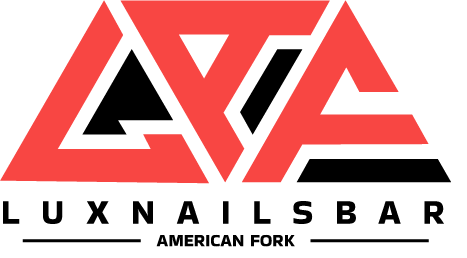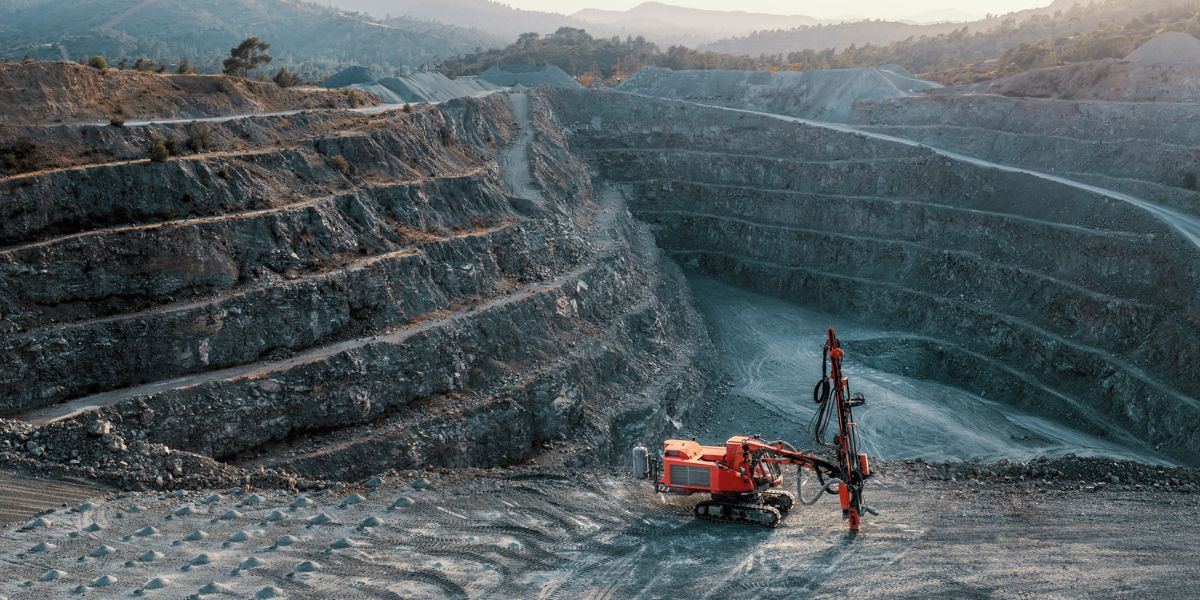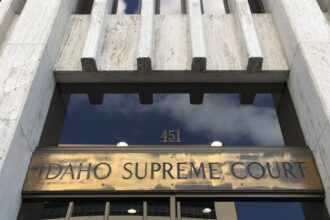In the face of growing speculation and community resistance, northern Nevada is advancing its lithium ambitions with the announcement of a projected $87 billion mine in Elko County.
Nevada boasts the most extensive lithium deposits and mining operations in the United States. With the soaring demand for rare earth minerals in battery production, mines such as Surge Battery Metals’ recently unveiled $87 billion project are poised to take center stage in the Silver State.
“The Nevada North Lithium Project is poised to play a significant role in securing America’s supply of critical minerals, particularly lithium, which is essential for the burgeoning electric vehicle and battery energy storage industry,” said Surge Battery Metals President and CEO Greg Reimer in a March press release about the site.
Nevada’s lithium deposits dominate the landscape, representing eight of the top ten in the United States, with significant exploration opportunities still on the horizon for this thriving resource.
McDermitt Caldera, the largest known lithium reserve globally, is located between Nevada and Oregon, boasting an early valuation of $1.5 trillion for the precious “white gold,” primarily situated on the Nevada side of the border.
Surge Battery Metals remains tight-lipped on the launch date for its ambitious 42-year Nevada North Lithium Project in Elko County. However, it has outlined an expected annual cash flow of $1 billion after taxes. With that pace, the company based in Vancouver, Canada, would recoup its investments in less than five years.
However, uncertainties linger regarding the amount of financial benefit that will reach the approximately 50,000 residents of Elko County. The distribution of mine profits would yield approximately $20,000 for each resident every year.
Given that more than 8% of the local population is engaged in various mining activities, it’s quite probable that a portion of the revenue will return to benefit the community.
“Developing this vital resource will not only complement existing energy sources but also play a key role in advancing our shared goal of achieving U.S. energy independence,” said Nevada Gov. Joe Lombardo in an April press release asking President Donald Trump to end tariffs on lithium. “Nevada has already become a hub for energy technology and remains committed to attracting and driving continued growth in this space.”
The mining company has yet to specify the number of jobs that would be filled by local residents, only stating an estimate of “thousands of high paying jobs,” and has not provided a response to an immediate inquiry from The Center Square. The Governor’s Office of Economic Development has yet to provide a response to the inquiry for comment.
Concerns mount over environmental impact as mining expansion efforts gain traction in northern Nevada. Surge Battery Metals’ NNLP preliminary economic assessment has definitively stated that the area will not be left with any toxic ponds to contain the mine’s waste material, known as a tailings pond.
“Even using best in class environmental practices, NNLP could potentially be a major low-cost producer of battery-grade lithium carbonate for the United States battery industry, and we have taken a major step in achieving that with today’s results,” said Reimer in the economic assessment.
In 2020, Nevada emerged as the national leader in the EPA’s Toxic Release Inventory by area, primarily driven by a select few gold mines. Elko County Assemblymember Bert Gurr cast a “no” vote on the 2023 bill AB 313, which aimed to mandate mining companies to backfill pits. The legislation remains unsigned.
Since the mid-1800s, the Silver State has relied heavily on mining as a fundamental industry.









